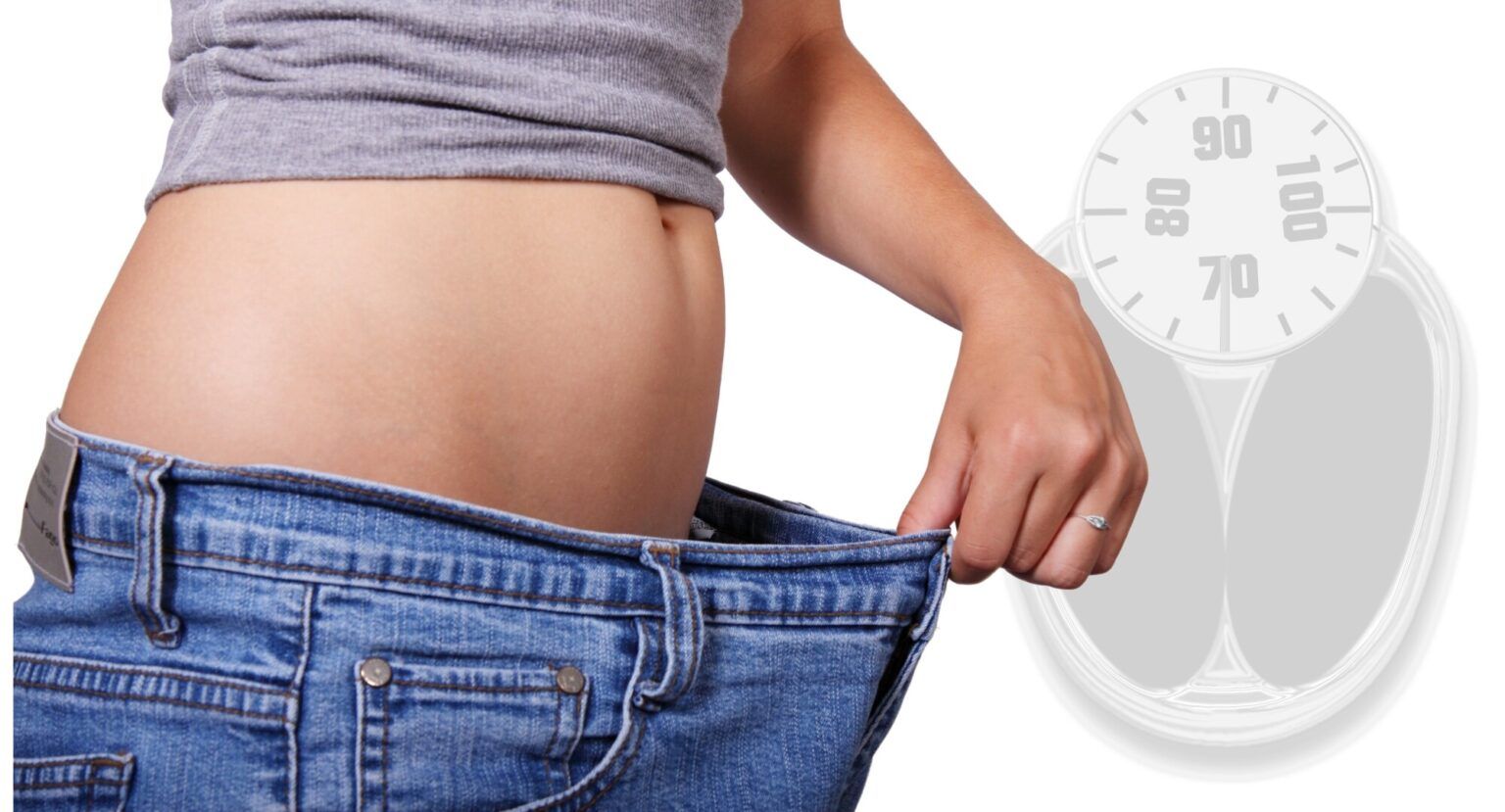January 3, 2022
Exercising alone can be hard. You have to pull yourself out of bed, put on your workout clothes, and drag yourself to the gym… But, did you know that working out with people helps you lose ten additional pounds than working alone? Having a workout buddy can help you feel motivated, set a schedule, and feel accountable for showing up every day. However, the question is, what exercise should you be doing? And, how do you know what is best for weight loss? One of the frequent debates in the fitness world is around cardio vs strength training… And, which one is better for weight loss? The good news is, both options have amazing benefits to your health and can help you lose weight. Therefore to help you decide, this article will give you the pros and cons of each exercise for weight loss so you can pick the right one for you! Cardio Vs Strength Training Benefits We have all seen the mainstream fitness programs that encourage cardio as the main method in losing weight, but recent studies show that strength training is equally beneficial when it comes to dropping a dress size. But, what is the difference between cardio and strength training? First, let’s talk about cardio… Cardio Cardio refers to cardiovascular exercise, meaning this type of exercise increases your heart rate. A few examples of cardio workouts would be running, rowing, or boxing. When it comes to strength training, cardio helps you strengthen your leg muscles and increase fitness levels so you can burn more calories. The downside of cardio is, if you do the same miles on a treadmill a week then your body will adjust. This could lead to a plateau in your weight loss journey… To stop this you need to constantly push yourself out of your comfort zone to jump-start your metabolism and improve endurance. The benefits of cardio improve your heart health, but burning calories doesn’t necessarily mean you are losing weight. You could also burn muscle which is vital to building strength in the long term. Strength Training In contrast, strength training is designed to build muscle. However, building strength is not just about lifting heavyweights in the gym… Other forms of strength training include resistance band training and yoga. Now, you might be wondering, can you really build muscle with yoga? Well, the answer is, of course! Unlike lifting weights which involves isolating muscles, yoga focuses on a whole-body approach. Instead of lifting weights, you learn to lift your body weight. Impressive, right? As well as this, yoga improves your mental health. The benefits of strength training go beyond sculpting a nice physique, it is about building a stronger mentality and gaining confidence. In addition to this, if you do an intense strength training workout then you can even raise your heart rate enough that it becomes a cardio workout as well. All this being said, who says you can’t do both? The Perfect Exercise Combo Maybe you start strength training and decide that it doesn’t suit your overall lifestyle, but you want to include some exercises as well as cardio sessions… Then, why can’t you? Studies show that combining cardio with strength training could provide the best of both worlds. By mixing both forms of exercises, you could achieve better results for your weight loss journey than only doing one. Here are a few reasons why you should include cardio as well as strength training in your fitness regime… 1) Lose Fat and Gain Muscle In order to lose weight, you need to first lose fat and then build muscle. That is why most people suggest doing short cardio before a strength training workout. A program like this allows you to get your heart rate up and have more energy for your strength exercises. 2) Better Heart Health If you are concerned about your heart health, then combining cardio with strength training is the perfect solution. Especially if you also do high-intensity strength workouts. Now that you know about both types of fitness programs that can boost your success with your weight loss journey, you need to know how much you should be doing and how frequently… Striking the Right Balance The amount of exercise you do daily/weekly will depend on your goals, commitments, and access to gym equipment or space. On average, you should do between 75-150 high-intensity cardio a week. With strength training, you should train between 2-3 times a week. This will increase your chances of losing weight. Just keep in mind, it is not just about getting the exercise right. Another important factor in losing weight is your diet. You can do the best fitness regime on earth but still snack on sugary, high carbohydrate food. Therefore, you should not only focus on the number on the scale. A great way to gauge how well you’re doing on your weight loss journey is to keep track of how well your clothes are fitting. Unlike the scale, your clothes are something you use every day and will boost your mood more than a number. Plus, our bodies fluctuate regularly so the scale isn’t always accurate. Some other fitness tips when it comes to considering cardio vs strength training is finding the right instructor or medical advice… ChiroThin is there to support anyone who is looking for expert advice and trusted solutions to weight loss. You don’t need to figure it all out on your own! Building Strength Your Way Ultimately building strength is not about picking one perfect exercise plan and seeing magical results quickly and easily. Every exercise program will be tiring and intense so the most important thing is that you enjoy it! If you don’t look forward to your workouts then you will feel less motivated to keep going. Therefore, when deciding between cardio vs strength training it is up to how you feel when doing them… Even though cardio is better for heart health, strength training builds muscle and endurance. Ideally, combining both is the best way to lose weight. Are you ready to get started on the path to a healthier you? Call today to schedule your free consultation with Dr. Sarah Stiff.



